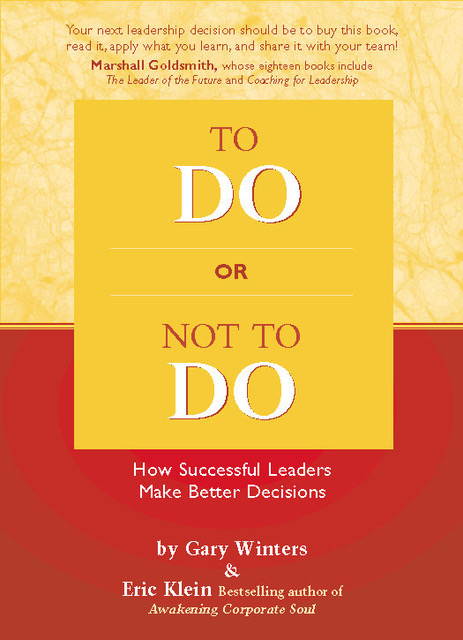 Consider this post a gentle reminder of some very simple things you might start doing, or do more often, to strengthen your impact as a leader. I’m willing to bet that something on this list will resonate with you as something you could enhance. See if you agree.
Consider this post a gentle reminder of some very simple things you might start doing, or do more often, to strengthen your impact as a leader. I’m willing to bet that something on this list will resonate with you as something you could enhance. See if you agree.
“Good morning.”
When you come to work, do you take a few minutes to check-in with your team? If not then, do you do it later? Do you show a bit of interest in their personal life? Would they describe you as someone who cared about them?
“I’m listening.”
Surveys I’ve seen indicate that what is most important on lists of the qualities and descriptions of great leaders is they convey a feeling of “being heard.” Do you take the time to really connect with and hear what your employees are saying?
“Your thoughts?”
Are you including your staff as much as possible in key decisions – or reserving them for yourself? We know that people are more likely to resist decisions they feel are imposed on them. Do you get the input of key stakeholders?
“Let’s go!”
Do you have a bias for action? Are you encouraging others to take risks rather than holding them back, waiting for one more piece of information (and one more, and one more)?
“Good work!”
Research suggests that the average person is given 16 pieces of negative feedback (“That was an hour late,” “You had three typos,” “You could have been more patient with that customer,” etc.) for every positive. Sixteen to one. Imagine what could happen if you improved that ratio! As Ken Blanchard is famous for saying, make a habit of “catching ‘em doing something right.”
“I’m sorry.”
Takes a big person to admit they made a mistake. Leaders often hide their mistakes or refuse to admit them, thinking it will cause others to think they’re weak. Actually, the reverse is true. Leaders who can admit when they’ve screwed up are FAR more likely to be held in high esteem by the people around them.
“It happens.”
Just as important as it is to admit your own mistakes, it’s critical to forgive the mistakes of others. Good leaders have developed a tolerance for error and see those errors as teachable moments.
“I’m here.”
Here’s a great rule of thumb: The ideal leader is hands-on as much as needed, and hands-off as much as possible. Too much of the former, and you’re a micro-manager. Too much of the latter, and you’re aloof. Are you in the sweet spot?
“You’re right.”
The best leaders take the blame easily when things go wrong, and they also give away the credit as often as possible.
“All together!”
The best leaders are those who can pull together disparate people into a team, all rowing in the same direction. This requires the ability to create a compelling vision, clarify roles and goals, and create good conditions for teamwork.







